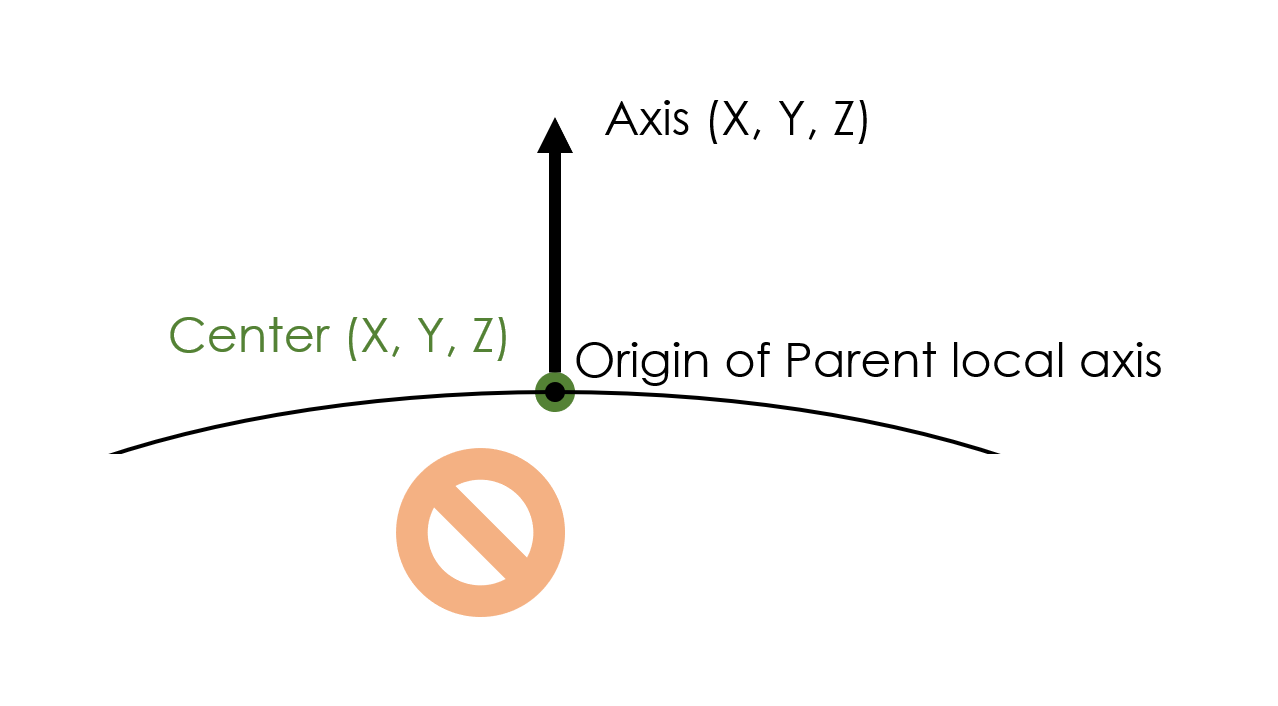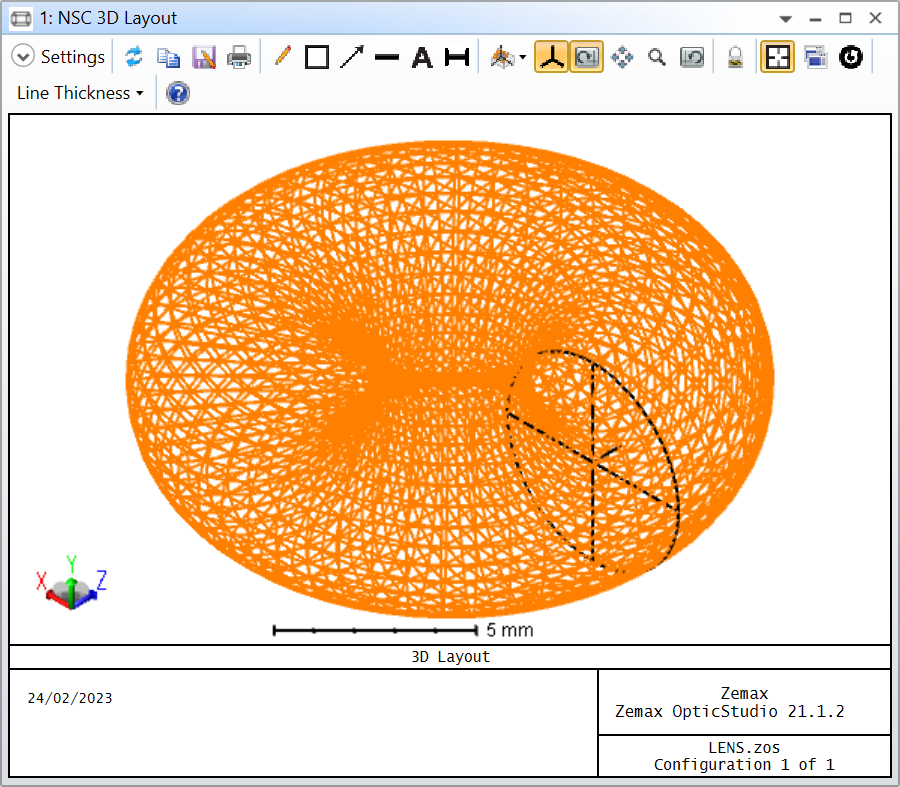Anyone have an example of the NSC Editor settings you used to create a Swept object? My first attempts simply aren’t drawing at all, with various simplified examples, so I suspect I’m missing something very simple. But beyond fixing my simple problem, the documentation is pretty sparse for a somewhat complex object like this, and searching the KnowledgeBase or the Community turns up almost nothing, so it would be great to see some interesting things people have created or hear about challenges and pitfalls.
Here’s a screenshot, and I’ve attached my files for those who want to dive deeper.








